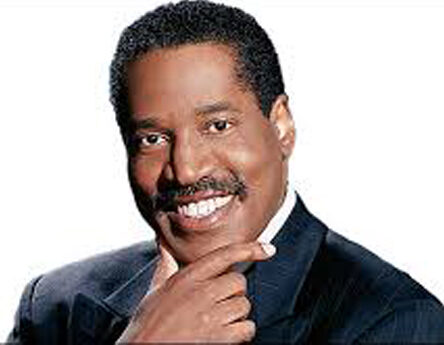
It’s no surprise that Democrats want an “infrastructure” bill. The depressing part is that the supposedly limited government/federalist Republicans are prepared to comply.
Sure, Republicans complain about the price tag, arguing that it’s too big, too inflationary. But as to the proposition that it’s the federal government’s role to build/repair/expand the “infrastructure” of states, there is little or no quarrel from Republicans.
During former President Donald Trump’s administration, Republicans wanted to make similar “investments” in states’ roads, bridges, waterways, etc., insisting businessman Trump would ensure a more efficient, productive use of the spending.
Sen. Rob Portman, R-Ohio, voted for President Joe Biden’s $1.2 trillion “infrastructure” bill, saying: “Every president … has tried to get the infrastructure bill done. One of those presidents is our most recent president, President Donald Trump, who pushed to pass a $1.5 trillion infrastructure bill during his time in office, in his budget.”
No, not every president. Some early presidents actually followed the U.S. Constitution and insisted things like a crumbling bridge in state A is not the responsibility of taxpayers in states B through Z.
Yes, the investment-infrastructure train left the station many years ago, but it’s instructive to see how far we’ve gone down the tax-and-spend road while ignoring the constitutional principle that presidents once subscribed to. Objecting to a congressional bill to give money to French refugees, James Madison — known as the “Father of the Constitution,” and our fourth president — wrote, “I cannot undertake to lay my finger on that article of the Constitution which granted a right to Congress of expending, on objects of benevolence, the money of their constituents.”
During the presidency of James Monroe, America’s fifth president, Congress proposed a “build back better” bill to expand the Cumberland Road. Even though the expansion would go through and benefit his home state of Virginia, Monroe cast his only veto against the bill. According to Monroe’s biography on the University of Virginia’s americanpresident.org: “Although Monroe personally supported the idea of internal improvements, he balked at the federal government’s role in … a series of federally financed projects designed to improve and update the nation’s roads, bridges and canals. Monroe worried … that federal payments for such internal improvements would expand even further the power of the federal government at the sake of state power. Where would the limits be drawn?”
Today, few in Congress question whether government should spend money on infrastructure, focusing only on how much to spend.
The constitutional principle is not the only reason that “infrastructure” bills are bad. Why should a state said aside money to fix its own bridges when the state knows that it can spend its money on other priorities, given that sooner or later the federal government, aka all taxpayers, will ride to the rescue? After President Jimmy Carter signed 1979’s Federal Emergency Management Act, FEMA began giving money to states experiencing “natural disasters.” The number of declared natural disasters skyrocketed. States spent their money on other things knowing that declaring a “natural disaster” would provoke an influx of federal dollars.
After Biden’s infrastructure bill, he wants Congress to “invest” in his Build Back Better bill. White House press secretary Jen Psaki recently said, “He’s going to deliver for all Americans, as is evidenced by the infrastructure bill … that’s going to help expand broadband to everyone, no matter your political party.”
“Expand broadband,” which means internet access? The Heritage Foundation, a conservative think tank, wrote: “The Biden Administration is less interested in bridging the digital divide than it is about transforming the United States’ successful intermodal competitive system into a utility provided by local governments. Federal intervention … only serves to distort competition, enriching incumbents and hindering the development of new technology. … The best way to lower prices is not with heavy-handed price controls and cumbersome regulation but through robust competition.”
I have written that half the country believes in a free lunch and the other half is stopping them from eating it. When it comes to Democratic and Republican support for federal government “infrastructure” spending and “investments,” it is sometimes hard to know which half is which.



